Smart waste management:
Advances through IoT sensors
The current situation:
Conventional waste disposal systems
In traditional waste disposal systems, containers are emptied on a scheduled basis at predefined intervals, regardless of whether they are actually full.
This practice results in inefficient routes, excessive fuel consumption and unnecessary commitment of human resources.
Operating costs increase as unnecessary emptying leads to inefficient use of financial resources, which contributes to ineffective utilization of labor. However, the effects do not only extend to economic aspects. This traditional approach also entails ecological risks, as unnecessary transport routes cause additional CO2 emissions and thus have a negative impact on the environment. The inability to adapt to actual needs not only wastes valuable resources, but also affects the efficiency of the entire waste disposal process.
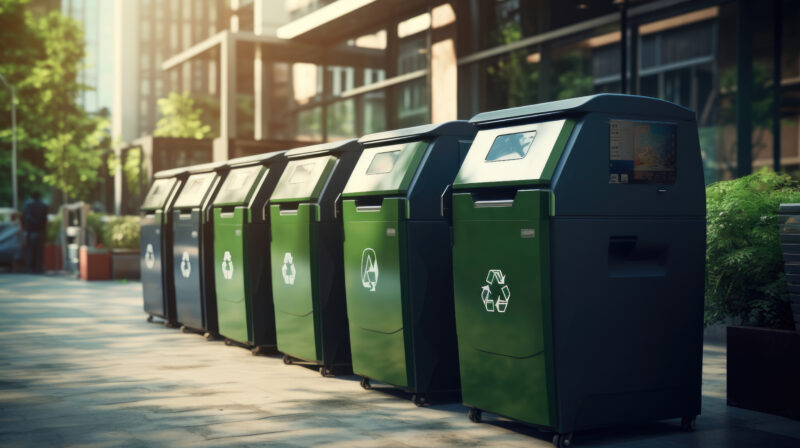
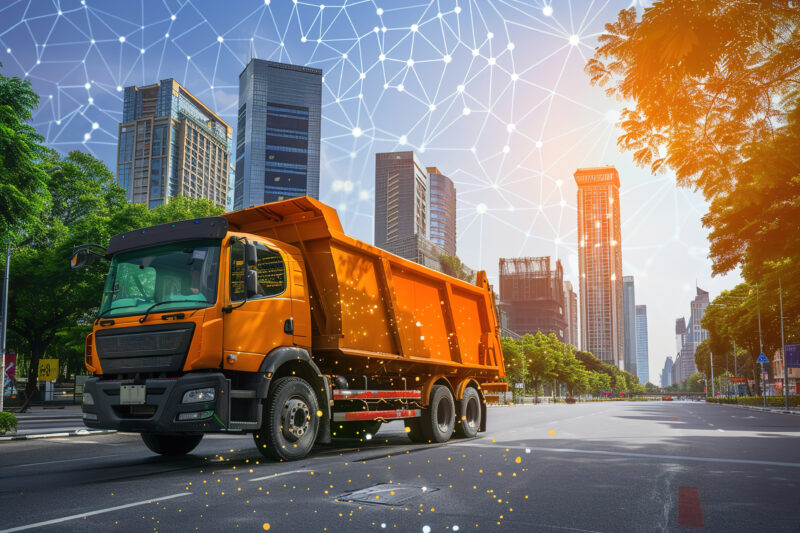
IoT sensors as a solution approach
The successful integration of IoT sensors enables extremely precise and real-time monitoring of the level in garbage containers. The continuous data collection by these sensors makes it possible to determine the optimal time for emptying with the highest level of accuracy. This groundbreaking technology not only forms a solid foundation, but also opens up new horizons for needs-oriented waste management.
This innovation not only revolutionizes the way waste is managed, but also offers the opportunity to optimize resources to an unprecedented extent.
This technological development represents a turning point in dealing not only more effectively, but also more sustainably with the ever-growing challenges of waste management.
IoT sensors as a solution approach
The successful integration of IoT sensors enables extremely precise and real-time monitoring of the level in garbage containers. The continuous data collection by these sensors makes it possible to determine the optimal time for emptying with the highest level of accuracy. This groundbreaking technology not only forms a solid foundation, but also opens up new horizons for needs-oriented waste management.
This innovation not only revolutionizes the way waste is managed, but also offers the opportunity to optimize resources to an unprecedented extent.
This technological development represents a turning point in dealing not only more effectively, but also more sustainably with the ever-growing challenges of waste management.

We offer the complete configuration of the application case
From advice to implementation
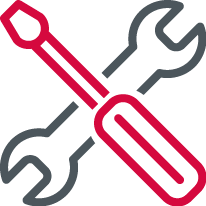 Installation & maintenance
Installation & maintenance
- Selection of suitable sensors
- Installation and maintenance of sensors and gateways
- Integration of the sensors into the network
- Service & support
 Visualization
Visualization
- Display of the overview in a dashboard
- Overview of all available containers with filling levels
- Ordering additional emptying trips
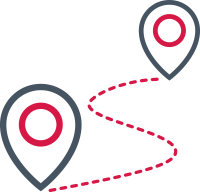 Route calculation and guidance
Route calculation and guidance
- Calculation of the shortest route between the waste containers to be emptied
- App for portable devices (e.g. smartphones)
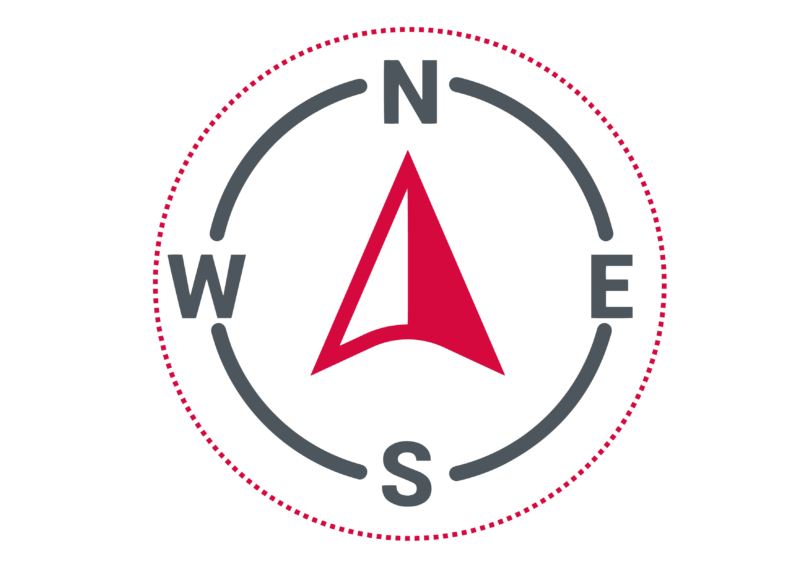 Mapping
Mapping
- Identifying and specifying existing streets, paths, buildings, etc. to create a mapping system
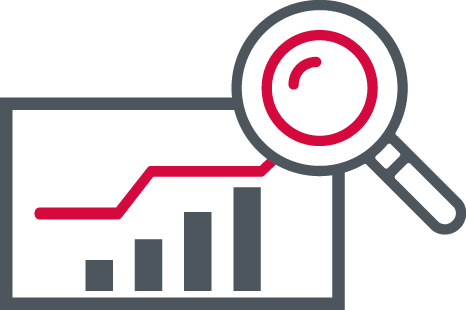 Predictive analytics
Predictive analytics
- Consideration of waste containers that need to be emptied at short notice
- Bottleneck detection and recommendation of additional containers
- Detecting unnecessary containers for consolidation
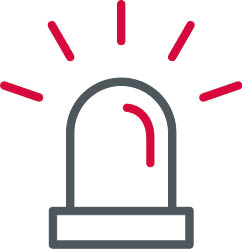 Manual interactions
Manual interactions
- Ability to manually report overfilled waste containers
- Message via physical button (locked after actuation)
IHRE SMART INFRASTRUCTURE ANSPRECHPARTNER

Karina Schäfer
Business Development & Sales
EDAG Group

Jovica Smiljkovic
Team Leader IT Services
EDAG Group
